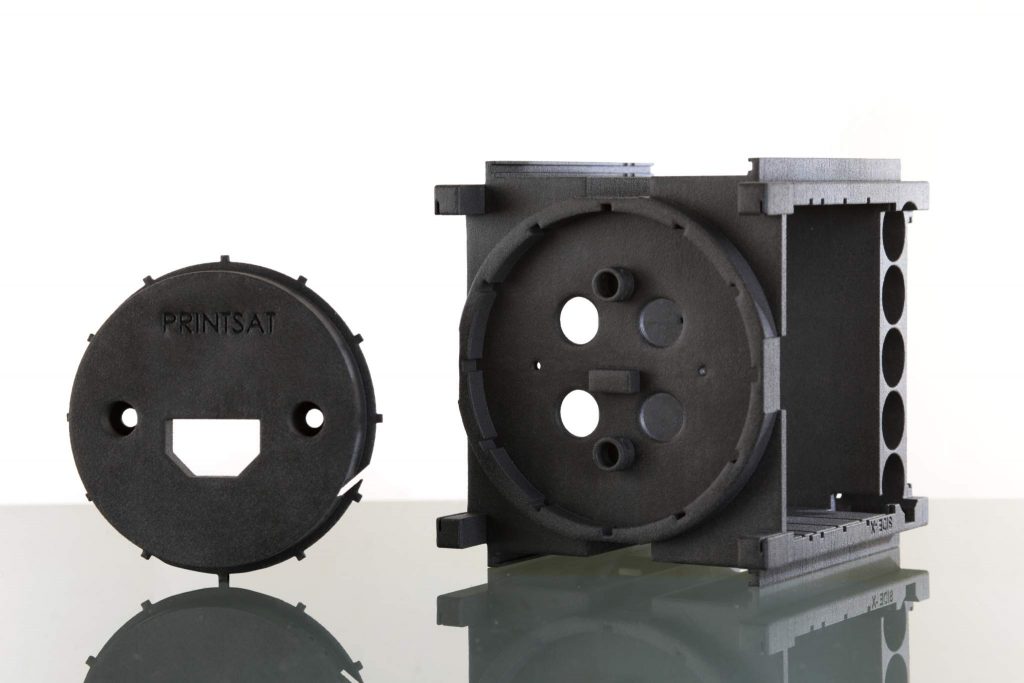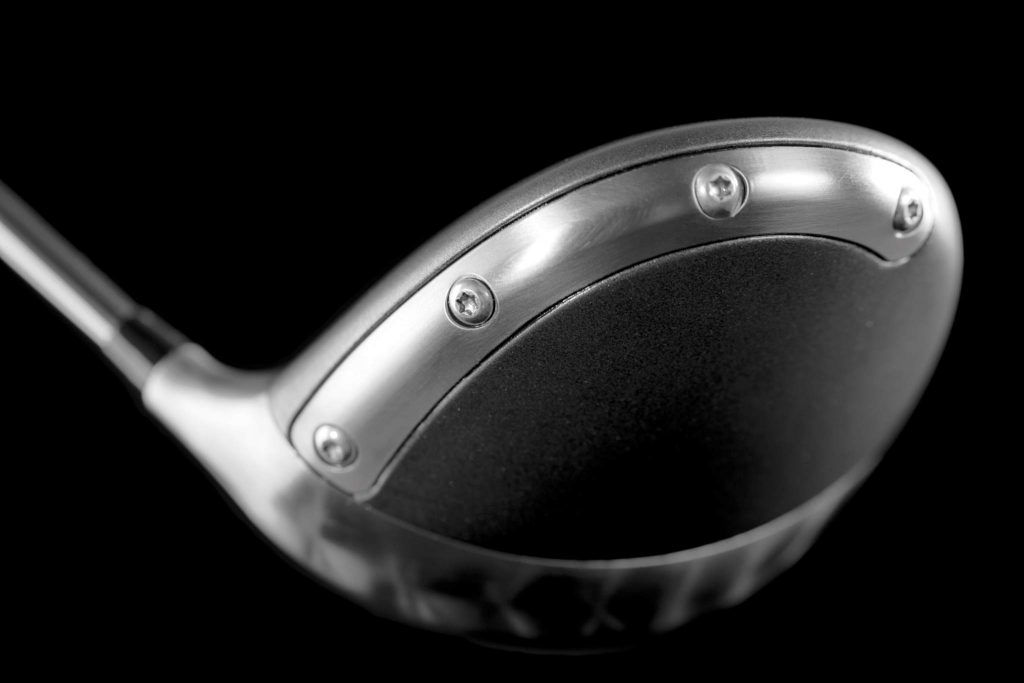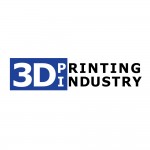How will 3D printing foster a revolution in both manufacturing and product development? In this article looking at the future of 3D printing, the CEO of CRP Group tells us more.
The future of 3D Printing by Franco Cevolini, CEO CRP Technology and CRP Meccanica
The majority may only have discovered the world of Additive Manufacturing and 3D printing in the last decade, but CRP Technology has been familiar with its most obscure backwaters since 1996, when the company created, in-house, one of the first 3D printing departments with professional printers for SLS, backed up by an R&D department for material development, capable of transforming rapid prototyping into rapid manufacturing.
CRP Technology was among the first to import Additive Manufacturing technology to Europe and Italy and develop Windform® family of materials, some of the international market’s most high-performance laser sintering materials, in use for more than 20 years in the motorsport, space, UAV sectors.
I remember when we bought the first Sinterstation 2000: it was one of the first laser sintering machines in Italy at this time. We were early and a pioneer in this field. It’s very important to underline that we wanted to push the technology to its limit. We wanted to use them for functional models, not just aesthetic models and we needed to work on the materials side – generating new materials with the right mechanical performance for this sector named Windform®.
Important progress has been made in the sector of additive technologies since the development of Windform® materials, expanding the use of these materials in all areas in which a highly durable material is required, but some companies, especially in Italy, are still not very experienced in 3D Printing, particularly Direct Metal Laser Sintering (referred to as DMLS). Companies have yet to fully discover the potential that lies in 3D Printing. Everyone is impressed when we explain the potential of 3D printing!

Effective communication is needed
Effective communication is important, and the 3D Printing industry needs to learn how to communicate more effectively. A very common misconception is thinking 3D printing will replace traditional manufacturing technologies.
DMLS is groundbreaking in terms of functionality and usability in 3D printing; however it is not a solution that will undermine traditional technologies and manufacturing methods. We live in a globalized world. We cannot compete with the emerging economies in terms of mass production. We have to be determined to enforce our technological expertise, carving out highly specialized niches. Industries will not stop using mass production.

Union is strength
It is clear that the nature of the 3D printing industry is changing, the market will continue to expand into consumer homes.
I think the home 3D printers are good for educational purposes or just making aesthetic parts – to see a part quickly, but without the possibility of using it.
The future still resides with professional printers: companies which require the highest standards of quality, are using additive layer manufacturing to produce parts. I think for special projects where custom manufacturing is required, the future can be driven by:
- professional 3D printers,
- innovative materials,
- integration of engineering development, rapid prototyping and 3D Printing processes
With CRP Meccanica, the CRP Group’s specialized company in high precision CNC machining since 1970, we sent a strong signal to the international market by implementing the service of Direct Metal Laser Sintering / Selective Laser Melting in choosing Zare Prototyping, one of the main operators at the forefront of metal sintering technology.
We created a complete service, capable of supplying the best solutions, both in terms of production capacity, and the materials processed and the technology used.

New Materials
Customization and design freedom are important factors in 3D printing, and printable materials play a very important role in the growth of additive manufacturing.
Nowadays we are at the peak of 3D printing. In the next five years, we will be able to better understand the sectors where 3D printing could stand out, the sectors where 3D printing could bring something new. 3D printing industry has already grown across high performing sectors as aerospace, automotive, motorsport, medical, but there is still a lot of work to be done.
At CRP Technology we believe in constant technological upgrading: we want to be able to embrace customers’ challenges and meet them as quick as possible with the highest product quality standards.
We know creating a prototype is always a challenge: it involves stepping over the limits of knowledge and experience. The Additive Manufacturing represents the most advanced technique in obtaining, quickly, the finished testing model.
The studies carried out by CRP Technology have changed the scenario of Rapid Prototyping introducing a new concept of Additive Manufacturing and 3D Printing: Windform 3D Printing materials have allowed the technology of selective laser sintering in order to realize high performing parts for wind tunnel applications (motorsport sector, F1) as well as finished and functional parts for aerospace, UAV, automotive, entertainment and medical.
The development of the Windform line is due to the need to introduce more performing 3D Printing materials able to meet market demand.
In the next five years, we will continue to provide qualified and tailor-made solutions to fit the needs of our customers thanks to our expertise developed from more than 20 years of 3D printing and Additive Manufacturing experience.
3D Printing becomes manufacturing when applied with materials like Windform that have high quality and high strength. CRP Technology aims to continue to foster a new revolution in both manufacturing and product development.
This is an article from the 3D Printing Industry thought leadership series looking at the future of 3D printing.
If you’d like to give your perspective on the future of additive manufacturing or trends in the 3D printing industry, then get in touch.
For further insights into the future of 3D printing, sign up to our newsletter and follow our active social media channels. Let us know your thoughts about this perspective on the future of 3D printing in the comments below.
Eng. Franco Cevolini is CEO and Technical Director of CRP Group. The Group is headquartered in Modena, Italy, and it is made up of specialized companies (CRP Technology, CRP Service, CRP Meccanica, plus its US-based partner CRP USA) dedicated to providing clients with the very latest technological solutions.
With more than 45 years of experience in the world of F1 and more than 20 years of experience in Additive Manufacturing, CRP Group is distinguished by its know-how in specific application fields including but not limited to: automotive and motorsports, design, aerospace, UAVs, the marine, entertainment.
CRP Group is the lead investor in Energica Motor Company, the sustainable subsidiary of CRP Group and the first Italian manufacturer of high performing electric motorcycles.



